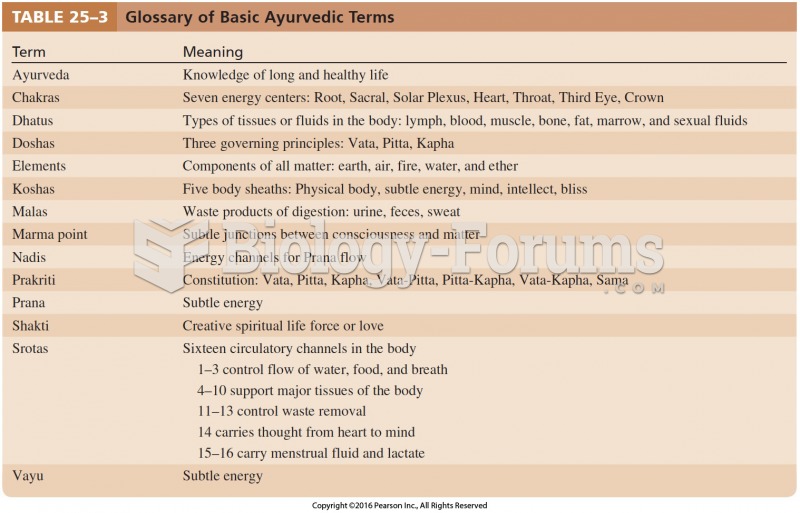|
|
|
Did you know?
Increased intake of vitamin D has been shown to reduce fractures up to 25% in older people.
Did you know?
Blood is approximately twice as thick as water because of the cells and other components found in it.
Did you know?
Between 1999 and 2012, American adults with high total cholesterol decreased from 18.3% to 12.9%
Did you know?
There are 20 feet of blood vessels in each square inch of human skin.
Did you know?
More than 4.4billion prescriptions were dispensed within the United States in 2016.







